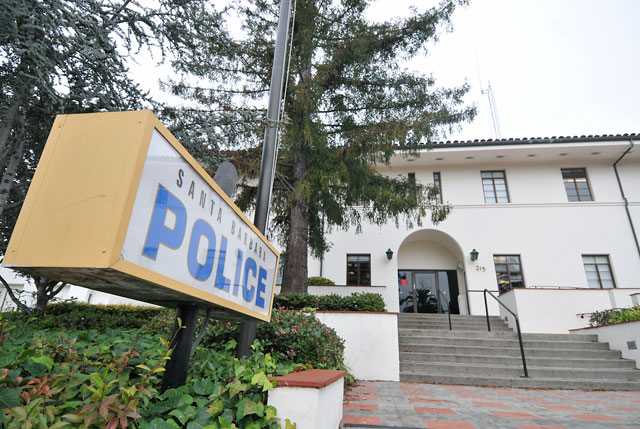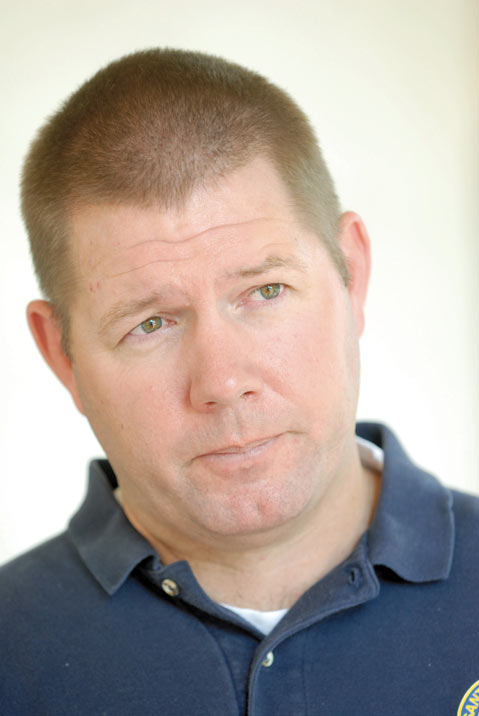Police Station Ticketed for Health and Safety Violations
OSHA Investigation Turns Up Lead, Asbestos, Mold

California’s Occupational Safety and Health Administration (Cal/OSHA) fined the City of Santa Barbara $7,875 for seven building and safety violations found by its inspectors at the Santa Barbara Police Department. Among the problems inspectors found were high lead levels at the shooting range, mold, asbestos dust kicked up during recent construction work, and water stains on ceiling tiles. In addition, Cal/OSHA faulted the station for not having a segregated decontamination room where officers could wash off blood and other bodily fluids before entering the station.
Investigators also criticized the department for not providing health and safety records for the range master, as requested three times. Because range masters manage and maintain the shooting range, they’re seen as potentially vulnerable to the harmful health effects of lead exposure. Santa Barbara Police Sergeant Mike McGrew, head of the Police Officers Association, filed the complaint triggering the Cal/OSHA inspection earlier this year. “The chief says he’s going to fix all this quickly, and that’s what we’re going to do,” said McGrew.

Sparking concern about the station’s safety profile has been the nine months of disruptive work replacing the building’s heating and air conditioning. That work has sparked an eruption of dust and debris throughout the building. In addition, a number of officers — both on-duty and retired — have reported health struggles with various cancers, giving rise to concern that the police station — 60 years old, run-down, and in need of replacement — might suffer from the “sick building syndrome.” Nothing in the Cal/OSHA report shed definitive light on that.
City Hall Risk Manager Mark Howard noted that recent air quality studies were conducted while construction was taking place. Likewise, he said, the department is already in the process of rectifying — or has already done so — the problems identified. For example, he stated that police cars were being equipped with disinfectant kits should officers in the field come into contact with potentially contaminated bodily fluids. Should that not suffice, Howard said, the fire department could be called for backup. “It doesn’t make sense for a contaminated officer to contaminate his car to drive back to the station,” he said. Howard noted City Hall is working with Cal/OSHA to get secure release of the range master’s health records, but that to do so has taken more time than inspection deadlines allow.
The $60-million question remains what to do with a police station that doesn’t meet state seismic codes. A sales tax measure that would have covered the costs for a new station house never made it on the public ballot as a majority of councilmembers had hoped, failing to secure — several months ago — the supermajority needed to be placed on the November ballot. Within City Hall, considerable acrimony remains in the wake of that failure, with administrators and some councilmembers wondering where McGrew and his union were during the debate. McGrew said he asked the council to bring the union on board early on and heard nothing back. In the meantime, new tests for radon, electromagnetic radiation, and petroleum waste products are in the works. As for the station house, City Administrator Paul Casey said, “We’ll continue placing expensive Band-Aids on a very old building.”



